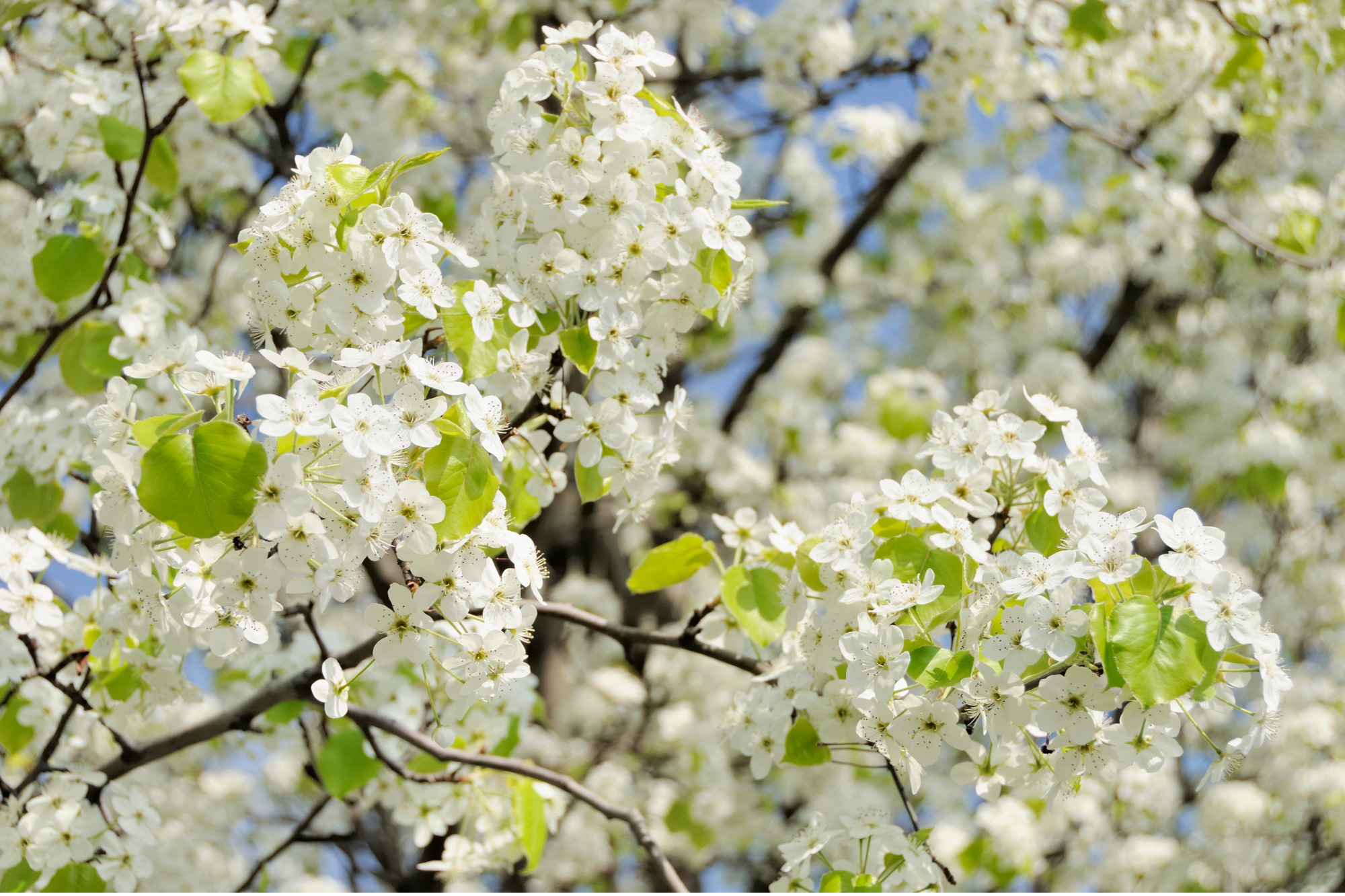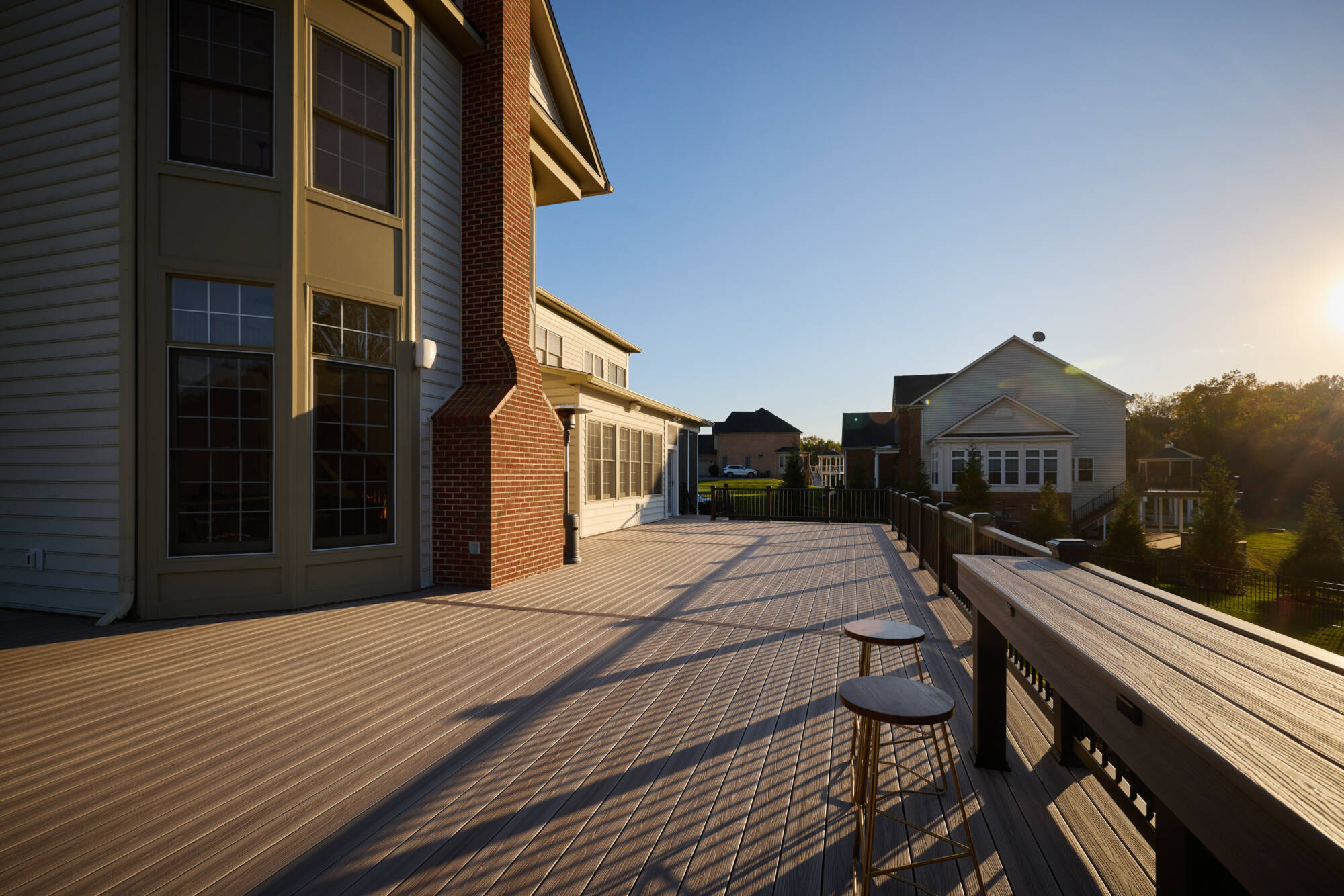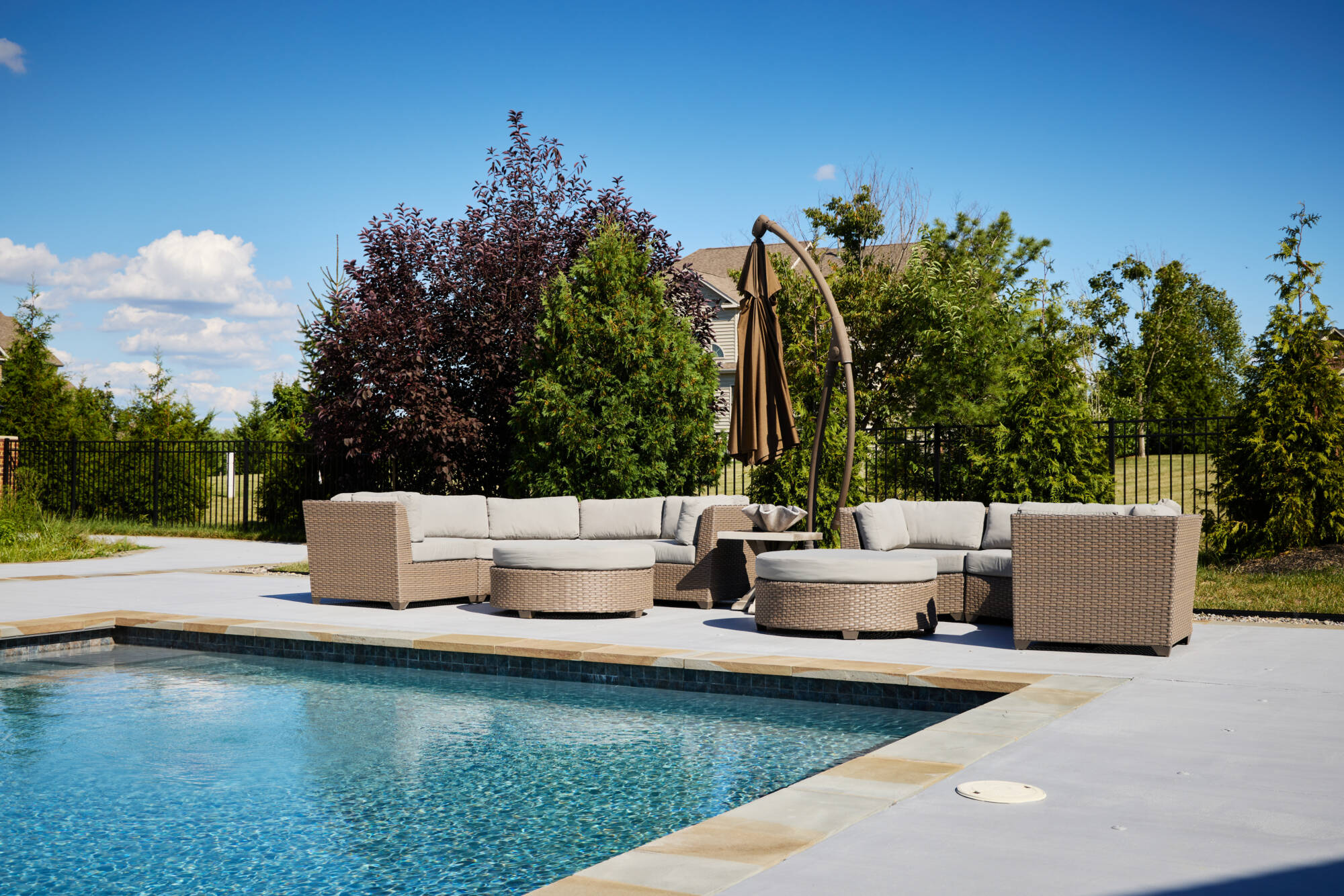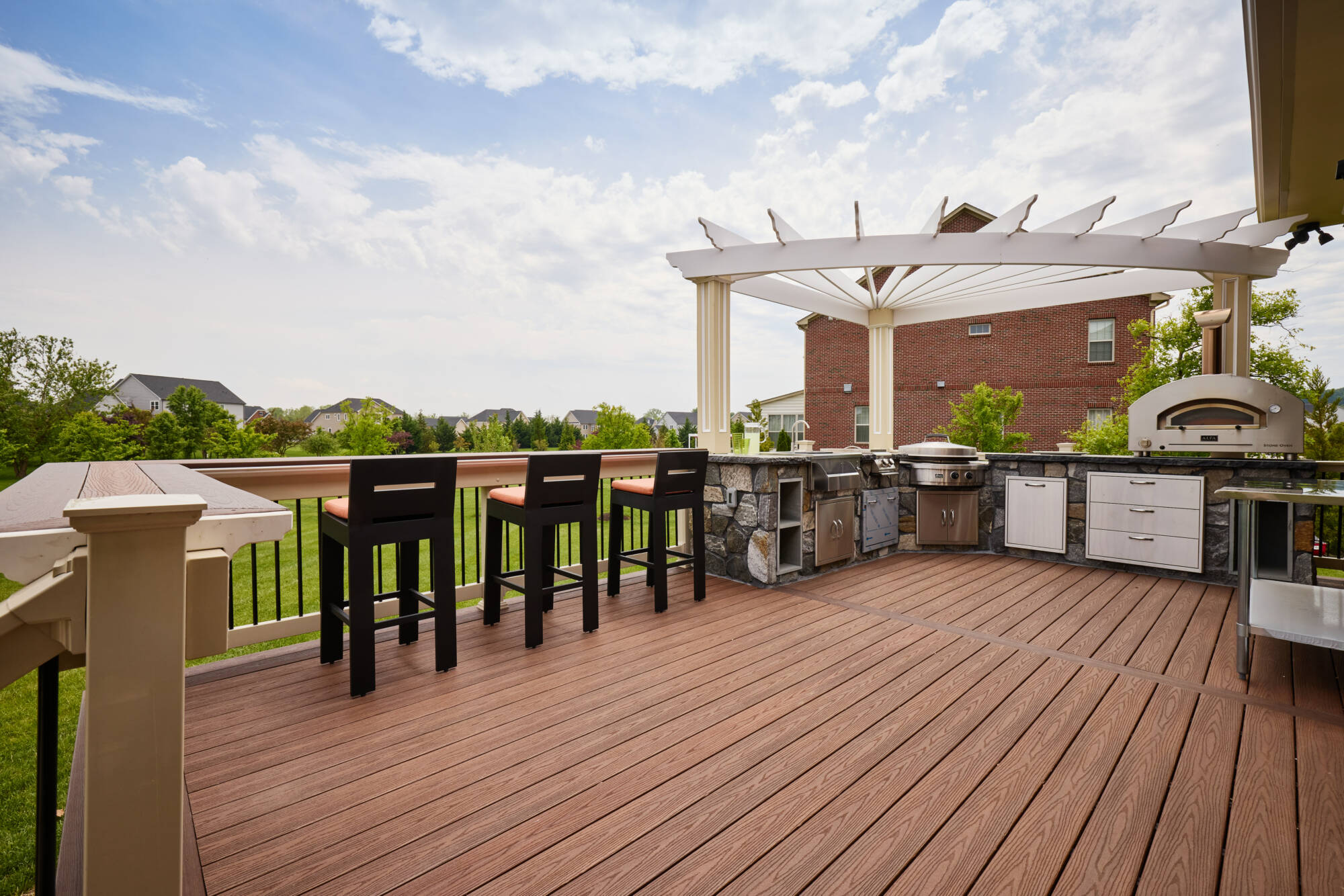No matter how cold it is outside, some of us are always thinking about outdoor…

Plant This, Not That: Avoiding Invasive Plants in Your Landscape
You may have heard of the Eat This, Not That diet plan, aimed at helping you make the right eating choices for a healthy body. Today, we’re putting our own spin on that idea, with Plant This, Not That in an effort to help you choose the right plant material for your property. It all boils down to avoiding invasive plants.
What Is an Invasive Plant?
First, we need to define what an invasive plant is. The University of Maryland Extension defines invasive plants as non-native plants that cause harm to the environment, economy, or human health. What you plant in your yard can get easily spread to woodlands and farmland, where invasive plants can do real damage.
Some of the damage caused by Maryland invasive plants includes:
- They can smother native plants, which can cause:
- Reduction of pollinators such as honeybees and butterflies
- Reduction in diversity of bird and animal species who depend on native plants
- Death of trees, shrubs, and flowers
- Adverse change of soil chemistry
As you can see, invasive plants can be bad news for Maryland yards, vegetable gardens, meadows, and forests. The good news is that it’s easy to avoid invasive plants. Here are just a few examples:
Plant This: Eastern Redbud, Serviceberry, Flowering Dogwood
The Eastern redbud, serviceberry, and flowering dogwood are all native trees with beautiful blossoms, foliage, and berries (serviceberry and dogwood). All of these trees provide early nectar and pollen opportunities for pollinators. Berries are enjoyed by birds (and humans in the case of serviceberry).
Not That: Callery Pear (aka Bradford Pear)
Once planted widely, the Bradford pear is no longer recommended, as it is highly invasive. Its rapid growth and dense foliage crowd out native trees such as the Eastern Redbud. In addition, the branch structure of the Bradford pear is susceptible to breakage in a storm.
Plant This: Northern Bayberry, Sweet Pepperbush, Highbush Blueberry
Any of these native shrubs will brighten your landscape with spring flowers and attractive foliage. And of course, the highbush blueberry provides berries you can harvest or leave for birds and wildlife. There are a wide number of other shrubs you can choose from that will thrive in Maryland that are not invasive.
Not That: Japanese Barberry
Japanese barberry is a deciduous, dense woody shrub. It has escaped cultivation and forms dense thickets in woodland areas. They have berries that help birds spread the shrub, and the leaf litter changes the soil chemistry, which reduces the ability of some native plants to thrive. You’ll also want to avoid burning bush, golden bamboo, as well as Japanese and Chinese wisteria.
Plant This: Virginia Creeper, Foamflower, Lady Fern, Wild Ginger
Foamflower, lady fern, and wild ginger are all native groundcovers, and Virginia creeper is a native vine that acts as a groundcover. The Virginia creeper vine turns color to a gorgeous red in the fall.
Not That: English Ivy
English Ivy is another invasive plant that used to be very popular and now is not recommended. It’s invasive and fast-growing, which is why it was popular as a ground cover to prevent erosion. But the heavy, fast-growing vines can damage and kill trees. And left unchecked, the vines can also climb your home’s walls and damage them.
Existing Invasive Plants in Your Landscape
If you have invasive plants in your landscape, springtime is a good time to dig them up or cut them down and replace them with something more friendly to the environment. If you’re not sure whether a plant is invasive or not, you can consult a professional landscaper.
RELATED READING
2022 Landscaping Trends You’ll Want to Follow
How to Choose Flowering Plants for Your Landscape Design
If you’re looking to do a complete overhaul of your landscaping, we would suggest hiring a residential landscaping company to help you get the results you’re looking for.
Get a Better Outdoor Experience with Lazo
At Lazo, our mission is to provide our customers with beautiful landscaping and hardscaping elements that give you the better outdoor experience you deserve. We listen to what you want to accomplish, and we give you options to achieve your dreams. In this Plant This, Not That scenario, it means giving you guidance on choosing the best plant material for your property.
If you’re looking to add to or overhaul your outdoor living spaces, we can help. We work with homeowners throughout central Maryland. Get a free estimate for your project by filling out the contact form or calling 866-568-6268.




This Post Has 0 Comments